Environmental monitoring facilities
GEMET keywords
Type of resources
Available actions
Topics
INSPIRE themes
Keywords
Contact for the resource
Provided by
Years
Formats
Representation types
Update frequencies
status
Scale
-
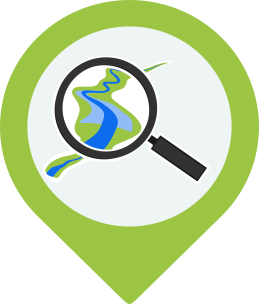
Les communautés microbiennes jouent un rôle majeur dans le fonctionnement des écosystèmes : elles sont à la base de la chaîne alimentaire (production primaire) et participent à la dégradation de la matière organique. Ces communautés sont, de plus, connues pour répondre rapidement à des changements environnementaux. Elles peuvent être utilisées comme indicateurs écologiques, à l'instar des macro-invertébrés. Les diatomées benthiques sont les organismes photosynthétiques majoritaires au sein de cette communauté biologique. L’abondance relative des différentes espèces permet de calculer un indice de qualité du milieu (IBD). Des fortes différences de communautés entre les zones amont et aval ont été constatés quand les barrages étant en place. Elles seront amenées à évoluer après l’effacement de ces barrages. Dans le cadre de l'observatoire Sélune ont été disposées des stations pilotes le long du cours principal de la Sélune, réparties de l’amont à l’aval des barrages hydroélectriques. Trois stations se situent dans les anciennes retenues des barrages, les deux autres, dites de référence, sont hors zone d'influence des anciens barrages (l'une étant en aval et l'autre en amont). Dans ces stations, les biocénoses aquatiques (incluant macroinvertébrés benthiques, biofilms, macrophytes...) sont suivies. Depuis septembre 2014, les stations sont idéalement échantillonnées tous les mois d’Avril à Octobre (7 relevés annuels) à l'aide de substrats artificiels (lames de verre disposées dans l'eau). En plus du relevé des diatomées (liste floristique, calcul de l'IBD), la concentration en chlorophylle-a est mesurée. Cette couche donne la localisation des secteurs d'étude utilisés dans le suivi des biofilms photosynthétiques ainsi que les campagnes réalisées.
-

Les macrophytes sont un ensemble de plantes aquatiques. Elles se situent à la base de la chaine alimentaire et peuvent fournir un habitat à de nombreuses autres espèces. Dans le cadre de l'observatoire Sélune ont été disposées des stations pilotes le long du cours principal de la Sélune, réparties de l’amont à l’aval des barrages hydroélectriques. Trois stations se situent dans les anciennes retenues des barrages, les deux autres, dites de référence, sont hors zone d'influence des anciens barrages (l'une étant en aval et l'autre en amont). Dans ces stations, les biocénoses aquatiques (incluant macroinvertébrés benthiques, biofilms, macrophytes...) sont suivies. Les paramètres suivis sont la composition spécifique et le recouvrement, sur 8 stations du cours principal situées à l’amont, à l’aval et sur les zones néo-lotiques des communautés de macrophytes. La fréquence du suivi consiste en une campagne annuelle pour les stations hors retenues (S0, S1 et S5) et deux campagnes annuelles (printemps/automne) pour les stations néo-lotiques (S2, S3.4, S4.1 et S6). Le protocole mis en œuvre est le protocole d’échantillonnage des macrophytes et bryophytes suivant la norme NF T90-395 (octobre 2003) qui définit l’IBMR. Les taxa sont prélevés pour être identifiés en laboratoire. Cette couche donne la localisation des secteurs d'étude utilisés dans le suivi des macrophytes ainsi que les campagnes réalisées et la mésologie identifiée sur ces différentes campagne.
-

Les macro invertébrés benthiques (insectes, crustacés, mollusques, vers) forment un important maillon de la chaine alimentaire. Le suivi de ces communautés permet une visualisation rapide d’un changement de conditions environnementales. Dans le cadre de l'observatoire Sélune ont été disposées des stations pilotes le long du cours principal de la Sélune, réparties de l’amont à l’aval des barrages hydroélectriques. Trois stations se situent dans les anciennes retenues des barrages, les deux autres, dites de référence, sont hors zone d'influence des anciens barrages (l'une étant en aval et l'autre en amont). Dans ces stations, les biocénoses aquatiques (incluant macroinvertébrés benthiques, biofilms, macrophytes...) sont suivies. Les paramètres suivis sont la composition taxonomique des communautés sur 5 stations du cours principal situées à l’amont, à l’aval et sur les nouveaux habitats lotiques. La fréquence d’échantillonnage impliquent deux campagnes annuelles d’échantillonnage (printemps et automne). Les protocoles mis en œuvre sont la pose de 4 substrats artificiels (SUBART) par station et relevé après 1 mois d’immersion ainsi que 12 prélèvements Surber par station, suivant la norme NF T 90-333 (2016), permettant le calcul de l’I2M2 suivant la norme NF T 90-388 (2020) et Mondy et al., 2012. Cette couche donne la localisation des secteurs d'étude utilisés dans le suivi des macroinvertébrés benthiques ainsi que les campagnes réalisées.
-
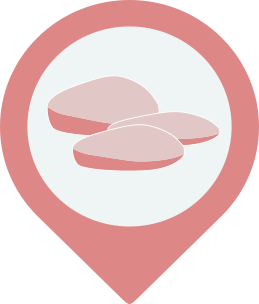
Les frayères de lamproie marine Petromyzon marinus sont localisées dans le cadre de l'Observatoire Sélune. Cette espèce étant migratrice, sa colonisation de la Sélune et de ses affluents sera probablement influencée par l'effacement des barrages de la Sélune. Les frayères se caractérisent par une dépression accompagnée d’un dôme d’éjection sédimentaire immédiatement en aval. Les pierres retournées sur le dôme sont plus claires ce qui rend les nids facilement visibles et identifiables jusqu’à plusieurs semaines après le frai. Cette données est disponibles pour les années 2015, 2019, 2020, 2021, 2022, 2023, 2024 et 2025. Les rapports d'activité de l'observatoire Sélune (cf. liens ci-joints) donnent des précisions quant aux conditions de prospection.
-
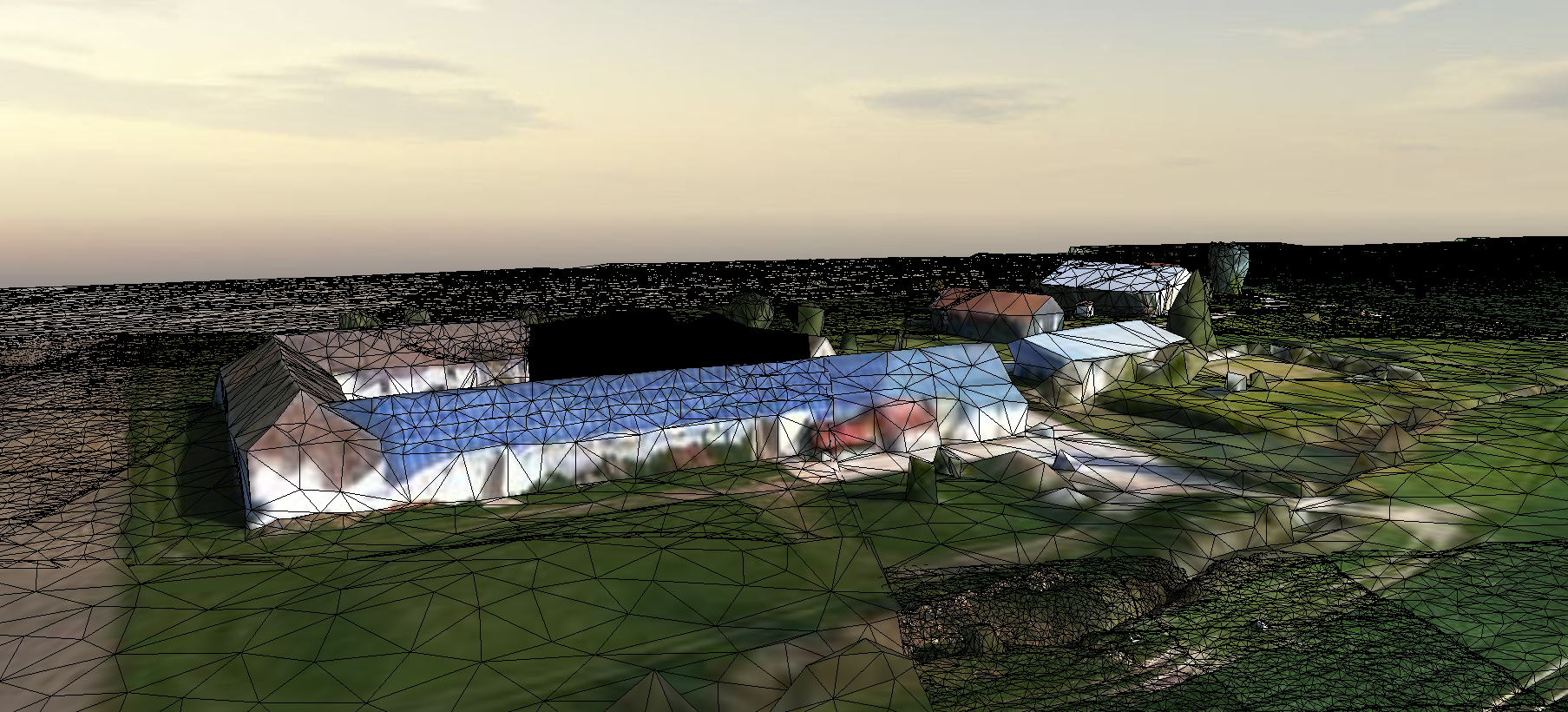
Survol d'une partie du Ru des Effervettes,en limite des communes de Nangis et Fontains, dans le département de la Seine et Marne. Les données ont été acquises par drone anafiet restituées en un maillaige tridimentionnel (mesh).
-

L’effacement des barrages de la Sélune fait l’objet d’un programme scientifique initié en 2012 dans lequel des paramètres environnementaux sont suivis afin de fournir un réel retour d’expérience sur cette opération de restauration. En 2019 s’est mis en place un observatoire de données, chargé d’assurer la collecte et le traitement de ces paramètres (biotiques et abiotiques). Les données acquises à partir de 2012 et au moins jusqu’en 2027, seront centralisées grâce à un système d’information (SI), appelé SISelune. SISelune vise à aider les scientifiques associés au programme Sélune et à rendre les données accessibles à tous. Le programme scientifique Sélune s'est doté d'un référentiel, composé de points. Ces points sont utilisables par tous les acteurs du programme pour désigner plus facilement n'importe quel lieu au sein de la zone d'étude. Les points sont créés le long des cours d'eau, avec une approche "Point kilométrique" (tous les 100m, en allant de l'amont vers l'aval). Chacun de ces points dispose d'un code unique, correspondant à l'association du cours d'eau (désigné par un code court) et de la distance à la source ou la confluence. Depuis 2025, chacun de ces points est également caractérisé par son positionnement sur le bassin versant (aval, amont, ...) par rapport à la zone déterminées par les anciens barrages et leurs réservoirs ainsi que leur distance à la mer sous 2 formes (LTM : Limite Transversale à la mer et LSE : Limite de Salure des eaux).
-

Les macrophytes sont un ensemble de plantes aquatiques. Elles se situent à la base de la chaine alimentaire et peuvent fournir un habitat à de nombreuses autres espèces. L’abondance relative des différentes espèces permet de calculer un indice de qualité du milieu (IBMR). Dans le cadre de l'observatoire Sélune ont été disposées des stations pilotes le long du cours principal de la Sélune, réparties de l’amont à l’aval des barrages hydroélectriques. Trois stations se situent dans les anciennes retenues des barrages, les deux autres, dites de référence, sont hors zone d'influence des anciens barrages (l'une étant en aval et l'autre en amont). Dans ces stations, les biocénoses aquatiques (incluant macroinvertébrés benthiques, biofilms, macrophytes...) sont suivies. Les paramètres suivis sont la composition spécifique et le recouvrement, sur 8 stations du cours principal situées à l’amont, à l’aval et sur les zones néo-lotiques des communautés de macrophytes. La fréquence du suivi consiste en une campagne annuelle pour les stations hors retenues (S0, S1 et S5) et deux campagnes annuelles (printemps/automne) pour les stations néo-lotiques (S2, S3.4, S4.1 et S6). Le protocole mis en œuvre est le protocole d’échantillonnage des macrophytes et bryophytes suivant la norme NF T90-395 (octobre 2003) qui définit l’IBMR. Les taxa sont prélevés pour être identifiés en laboratoire. Cette couche donne la valeur de l'indice IBMR et EQR (normé) à une station pour une campagne ainsi que les informations concernant la robustesse de cet indice, les quantités de taxons utilisés pour le calcul de ces indices mais également des informations en terme de proportion de grands groupes floristiques (heterotrophes, algues, bryophytes, pteridophytes, helophytes, phanerogrames, végétation flottante et végétation immergée).
-
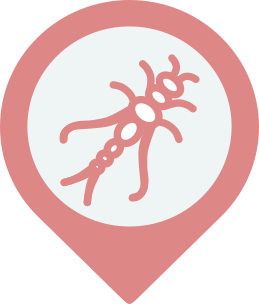
Dans le cadre de l'observatoire Sélune ont été disposées des stations pilotes le long du cours principal de la Sélune, réparties de l’amont à l’aval des barrages hydroélectriques. Trois stations se situent dans les anciennes retenues des barrages, les deux autres, dites de référence, sont hors zone d'influence des anciens barrages (l'une étant en aval et l'autre en amont). Dans ces stations, les biocénoses aquatiques (incluant macroinvertébrés benthiques, biofilms, macrophytes...) sont suivies. 2 campagnes d'échantillonnage (printemps et automne) de macroinvertébrés benthiques (mib) sont réalisées depuis septembre 2014. Lors de chaque campagne, 2 protocoles d'échantillonnage sont mis en oeuvre : - suivant la norme NF T90-333 qui permet le calcul de l'IBG-DCE et l'I2M2 ("SURBER") - via des substrats artificiels immergés pendant 1 mois ("SUBART"), afin de se focaliser sur la mesure de « l’effet des barrages ». Le protocole est décrit dans : Piscart C., Moreteau, J.C., Beisel J.N. (2006). Monitoring changes in freshwater macroinvertebrate communities along a salinity gradient using artificial substrates. Environmental Monitoring and Assessment 116: 529-542. Cette couche détaille les taxons de macroinvertébrés benthiques et leurs abondances obtenus après analyse (selon la norme NF T90-388). Ces données sont distribuées par campagne et par secteur. Les taxons présentant l’ensemble des critères morphologiques clairement visible et caractéristique permettant l’exactitude de leur détermination et un état de conservation irréprochable sont intégrés à la collection de référence de l’Observatoire Sélune. Celle-ci est consultable sur demande (cf. point de contact). La détermination des taxons s'appuie sur la version v17 de la référence TAXREF. Le jeu de données est actuellement sous embargo.
-
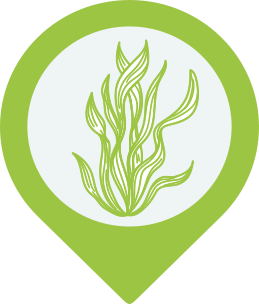
Dans le cadre de l'observatoire Sélune ont été disposées des stations pilotes le long du cours principal de la Sélune, réparties de l’amont à l’aval des barrages hydroélectriques. Trois stations se situent dans les anciennes retenues des barrages, les deux autres, dites de référence, sont hors zone d'influence des anciens barrages (l'une étant en aval et l'autre en amont). Dans ces stations, les biocénoses aquatiques (incluant macroinvertébrés benthiques, biofilms, macrophytes...) sont suivies. Les paramètres suivis sont la composition spécifique et le recouvrement, sur 8 stations du cours principal situées à l’amont, à l’aval et sur les zones néo-lotiques des communautés de macrophytes. La fréquence du suivi consiste en une campagne annuelle pour les stations hors retenues (S0, S1 et S5) et deux campagnes annuelles (printemps/automne) pour les stations néo-lotiques (S2, S3.4, S4.1 et S6). Le protocole mis en œuvre est le protocole d’échantillonnage des macrophytes et bryophytes suivant la norme NF T90-395 (octobre 2003) qui définit l’IBMR. Les taxa sont prélevés pour être identifiés en laboratoire. Cette couche donne La détermination des taxons s'appuie sur la version v17 de la référence TAXREF. Le jeu de données est actuellement sous embargo.
-

Les communautés microbiennes jouent un rôle majeur dans le fonctionnement des écosystèmes : elles sont à la base de la chaîne alimentaire (production primaire) et participent à la dégradation de la matière organique. Ces communautés sont, de plus, connues pour répondre rapidement à des changements environnementaux. Elles peuvent être utilisées comme indicateurs écologiques, à l'instar des macro-invertébrés. Les diatomées benthiques sont les organismes photosynthétiques majoritaires au sein de cette communauté biologique. L’abondance relative des différentes espèces permet de calculer un indice de qualité du milieu (IBD). Des fortes différences de communautés entre les zones amont et aval ont été constatés quand les barrages étant en place. Elles seront amenées à évoluer après l’effacement de ces barrages. Dans le cadre de l'observatoire Sélune ont été disposées des stations pilotes le long du cours principal de la Sélune, réparties de l’amont à l’aval des barrages hydroélectriques. Trois stations se situent dans les anciennes retenues des barrages, les deux autres, dites de référence, sont hors zone d'influence des anciens barrages (l'une étant en aval et l'autre en amont). Dans ces stations, les biocénoses aquatiques (incluant macroinvertébrés benthiques, biofilms, macrophytes...) sont suivies. Depuis septembre 2014, les stations sont idéalement échantillonnées tous les mois d’Avril à Octobre (7 relevés annuels) à l'aide de substrats artificiels (lames de verre disposées dans l'eau). En plus du relevé des diatomées (liste floristique, calcul de l'IBD), la concentration en chlorophylle-a est mesurée. Lors de chaque campagne, un protocole d'échantillonnage expérimental INRAe est mis en oeuvre. Ce protocole implique des dispositifs d'immersion (1 mois) de lames de verre, une mesure in situ de concentration en chlorophylle-a via BentoTorch puis une récolte du biofilm sur ces lames de verre. Le biofilm est conditionné dans (1) dans de l'éthanol à 99.9% pour la détermination des IBDs et des listes floristiques (prestation externalisée, s'appuyant sur la norme NF T90-354) et (2) dans de l'eau minérale pour mesure de concentration de la chlorophylle-a via spectromètre. NB : l'année 2023 n'est pas couverte en matière de mesure de concentration en chlorophylle-a via Spectrométrie suite à un problème de conservation basse température des échantillons. Ce jeu de données propose les mesures de concentration moyenne journalière de chlorophylle-a et de phéopigment en µg/cm2/jour
 OSURIS
OSURIS